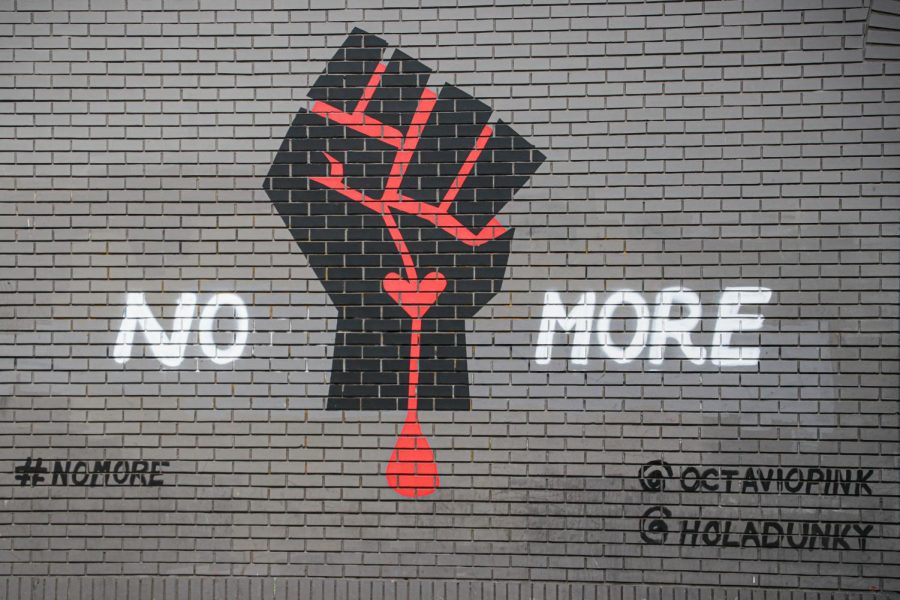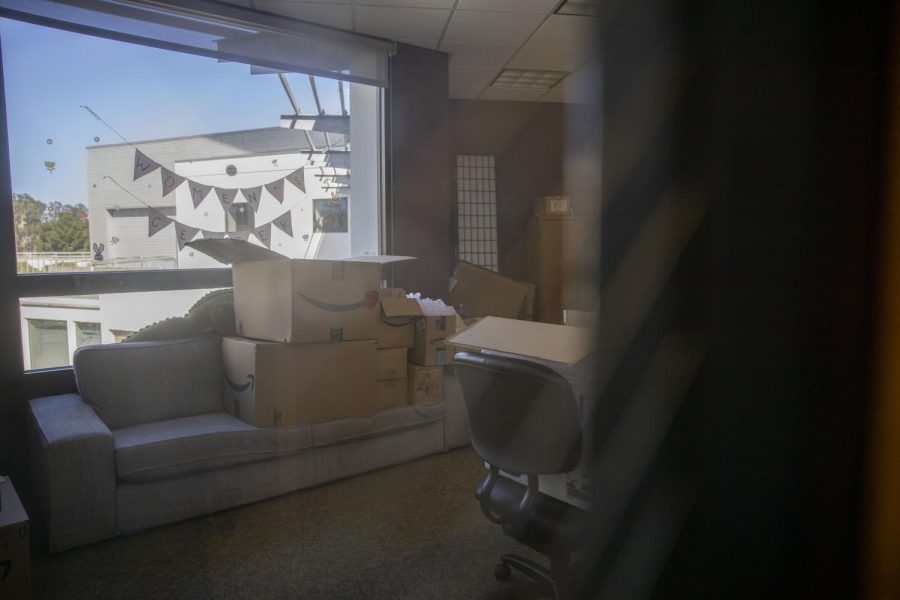Traffic accidents killed three people in San Francisco between April 28 and May 1. One victim, Meda Hacopian, 77, was killed while crossing Lake Merced Boulevard at Font Boulevard, the same intersection slated for SF State’s Mashouf Wellness Center.
This junction is at the end of one of the city’s high-injury corridors — the 12 percent of roads responsible for 68 percent of pedestrian injuries and deaths, according to Vision Zero, San Francisco’s traffic safety project.
“I remember thinking, ‘OK, I’m almost there, they see me, I’m going to catch the bus,’ and suddenly I’m hit out of nowhere,” said SF State alumna Olivia Parrish. “I broke my collarbone, I had road rash and my clothes were all torn up from the asphalt.”
On May 8, 2014, she was struck by a vehicle at Sunset Boulevard and Yorba Street, the northern part of the same corridor that ends at Lake Merced and Font Boulevards. According to Parrish, she was the third person hit at the intersection within the year.
The city, which has since built a traffic signal at the location, received complaints that the flashing pedestrian signal lights were not working on Nov. 3, 2012, more than a year and a half before Parrish’s accident. The complaint was not marked “closed” until April 3, 2015, city records show.
“It shouldn’t have to come to the third person being hit to put in a stop light,” said Parrish.
The Mashouf Wellness Center will increase the foot traffic in the area, placing more students and residents close to one of the city’s most accident-prone streets.
The center’s construction will include added crosswalks at “Font and Arballo and mid-block, just west of the traffic circle,” said Director of Campus Planning Wendy Bloom. “We will be exploring ways to increase pedestrian safety as part of the campus master plan update.”
“The increased level of activity generated by the Mashouf Wellness Center — more people on the street, which no longer will be an easy cut-through — will change the character of the street and serve to calm traffic,” Bloom said.
SF State sits between two high-injury corridors: Lake Merced Boulevard and 19th Avenue. The latter has claimed four lives since 2005, according to the CHP’s Statewide Integrated Traffic Reporting System.
Kaitlin Nuñez, a junior, was hit at the corner of 19th and Holloway avenues. She suffered a sprained ankle and bruising along the side of her body.
“(The driver) stopped, so I stopped,” said Nuñez. “It looked like she was going to stay there so I started crossing, but she pulled forward and hit me with her car. (The signal) wasn’t counting down; it wasn’t even a close call. She just wasn’t paying any attention, I guess.”
After the accident, Nuñez went to the Student Health Center for an examination.
“When I got there they said I was not the first and it was happening more and more often,” Nuñez said. “People were getting hit (at) crosswalks. I thought they were going to be shocked, but they weren’t.”
The University’s master plan aims to reduce factors that contribute to creating dangerous intersections, according to Megan Gee, senior planner for Arup, a design and engineering firm contracted for the Mobility and Wayfinding portion of the plan.
“The master plan is an opportunity for us to set a good example for high-quality design that can permeate the character of surrounding streets, through a number of strategies including reducing average vehicle speed, increasing pedestrian visibility at intersections, narrowing unnecessarily wide streets …,” said Gee. “We want to make the pedestrian experience more pleasant, easier and safer getting to and around the campus.”
With the master plan still developing, pedestrians must remain proactive with traffic safety.
“I generally advise pedestrians and cyclists that as they walk and ride, assume that drivers can’t see them and to constantly be aware of their surroundings,” said University Police Deputy Chief Reginald Parson. “With regards to pedestrians, we always recommend that they cross the street at designated crossing areas or at a minimum we recommend crossing at a controlled intersection.”
While UPD recommends that pedestrians remain vigilant, they are still at risk for being hit by unobservant drivers.
“I looked both ways, I pressed the button, I did everything right that time,” Parrish said.
Police examine “speeds, visibility, road conditions and traffic conditions,” among other factors when investigating traffic accidents, according to Parson.






Aaron Goodman • May 17, 2017 at 5:52 pm
SFSU-CSU has ignored the impacts of growth, the traffic/transit/parking impacts of an increased population at SFSU-CSU. They painted the poles purple and yellow, but did they address the boarding and unboarding crowding? Why not a two sided platform? Why not pay for a direct air-tram to Daly City BART from SFSU-CSU and STonestown, alongside Parkmerced? Why not look into alternatives, such as an L-Taraval extension out along Sunset Blvd. and the SFSU’s western edge? Holloway is to become an “ACTIVE” space per the SFSU-CSU masterplan, but what does more retail really mean? More traffic, speeding and lack of courtesy to pedestrians. The real need is to take steps to slow traffic in the area, and better connect to Daly City BART to reduce car use to access the university. If you want to lessen the impacts, you start with the crux of the problem which is students trying to get to school on time… An Air-Tram solution could be built before the SFMTA/SFCTA ever get the 19th Ave Tunnel proposal off-the-ground… Speak up to the SFSU-CSU Masterplanners, to get the connection first, than the “showcase-buildings” second…..